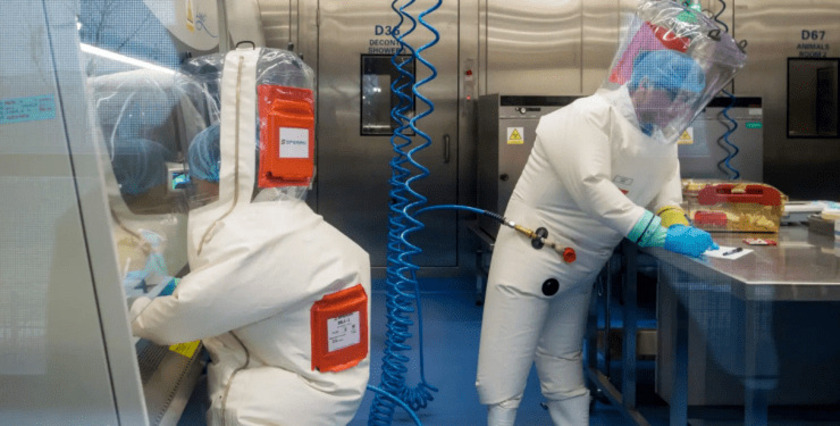
The deadly virus, known as GX_P2V, attacked the brains of rodents that are close in genetic structure to humans.
This was reported by the New York Post, citing a study published last week in Beijing.
The deadly virus is a mutated version of GX/2017, a cousin of the coronavirus that was reportedly discovered in Malaysian pangolins in 2017, three years before the pandemic. Pangolins are mammals that live in warm regions of the planet.
All mice infected with the virus died in just eight days. According to the researchers, this is a “surprisingly” fast mortality rate.
GX_P2V infected the lungs, bones, eyes, tracheas, and brains of the dead mice, and the latter lesion was severe enough to eventually lead to 100% death. A few days before their deaths, the laboratory rodents quickly lost weight, hunched over, and moved extremely sluggishly. The worst part is that the day before they died, their eyes turned completely white.
It is unclear what this means for people. The study does not directly correlate these results with the potential impact on humans. Some experts, such as François Ballou of University College London, consider this study unhelpful and see it as dangerous.
“I don’t see anything interesting that could be learned by forcibly infecting a strange breed of humanized mice with a random virus. Conversely, I see how many things can go wrong,” the professor wrote on the microblogging service X.
This testing is separate from the Wuhan study, which was associated with different ideas about where COVID-19 came from. The origin of the COVID-19 coronavirus infection is still unknown. A new study in China raises questions about conducting risky experiments with viruses.

